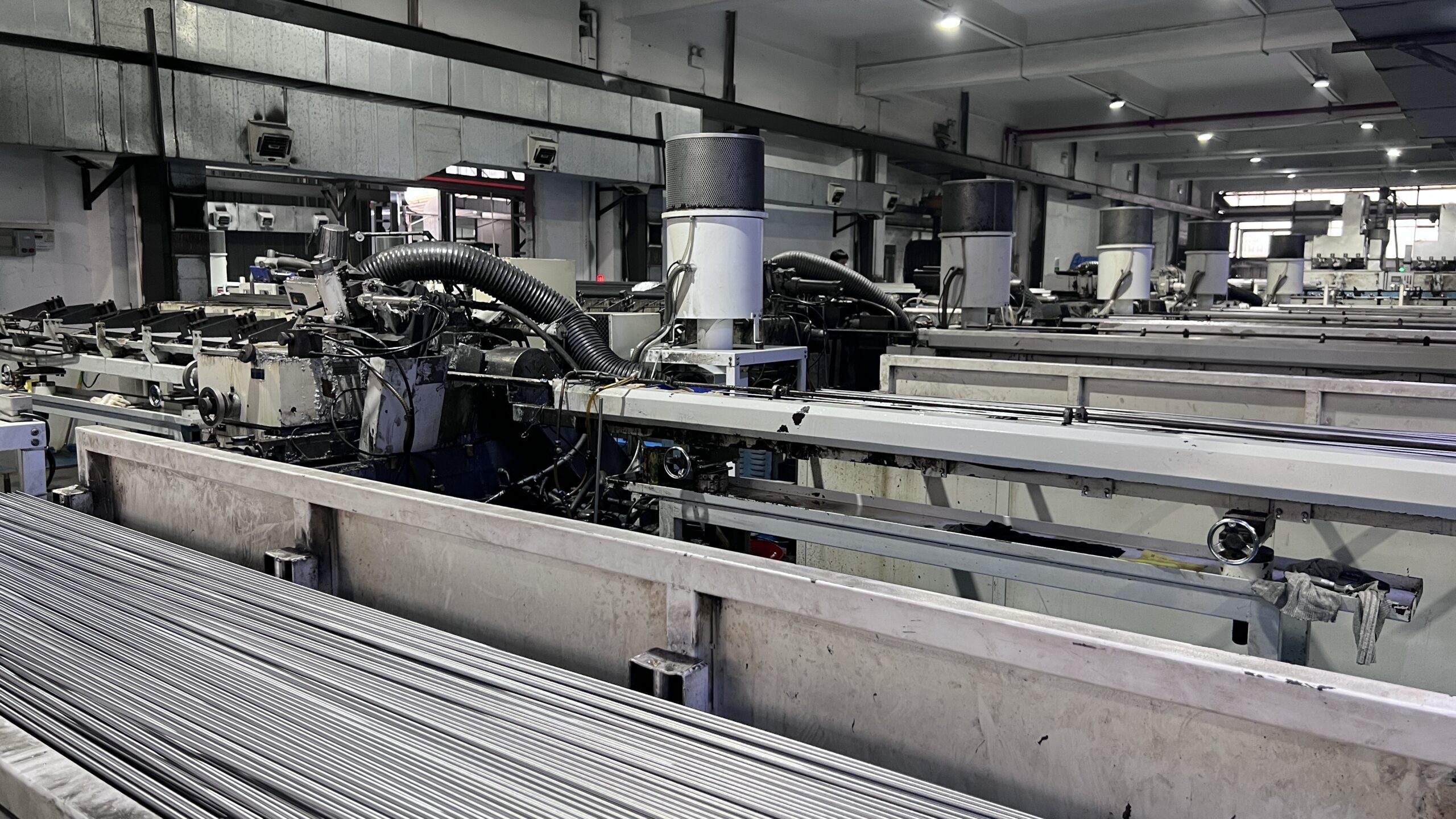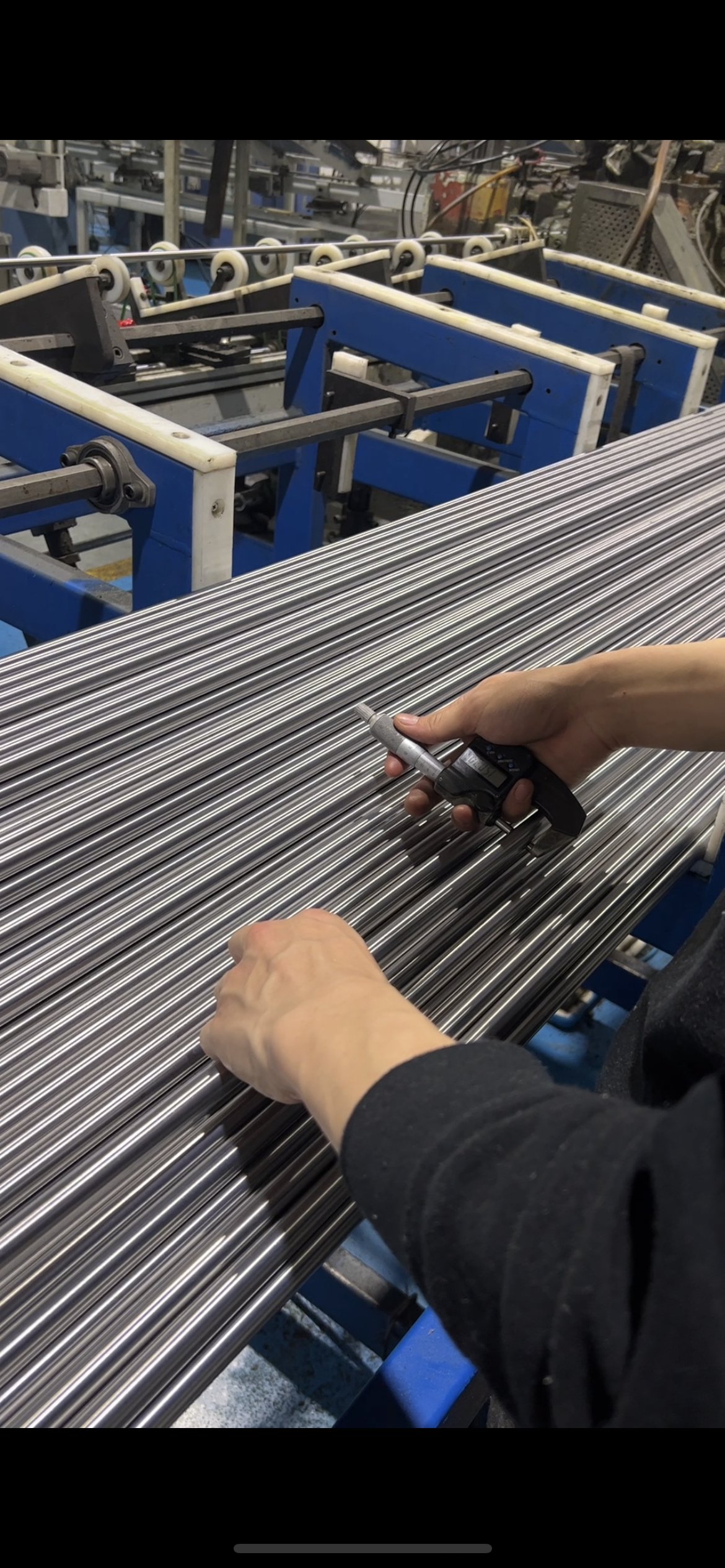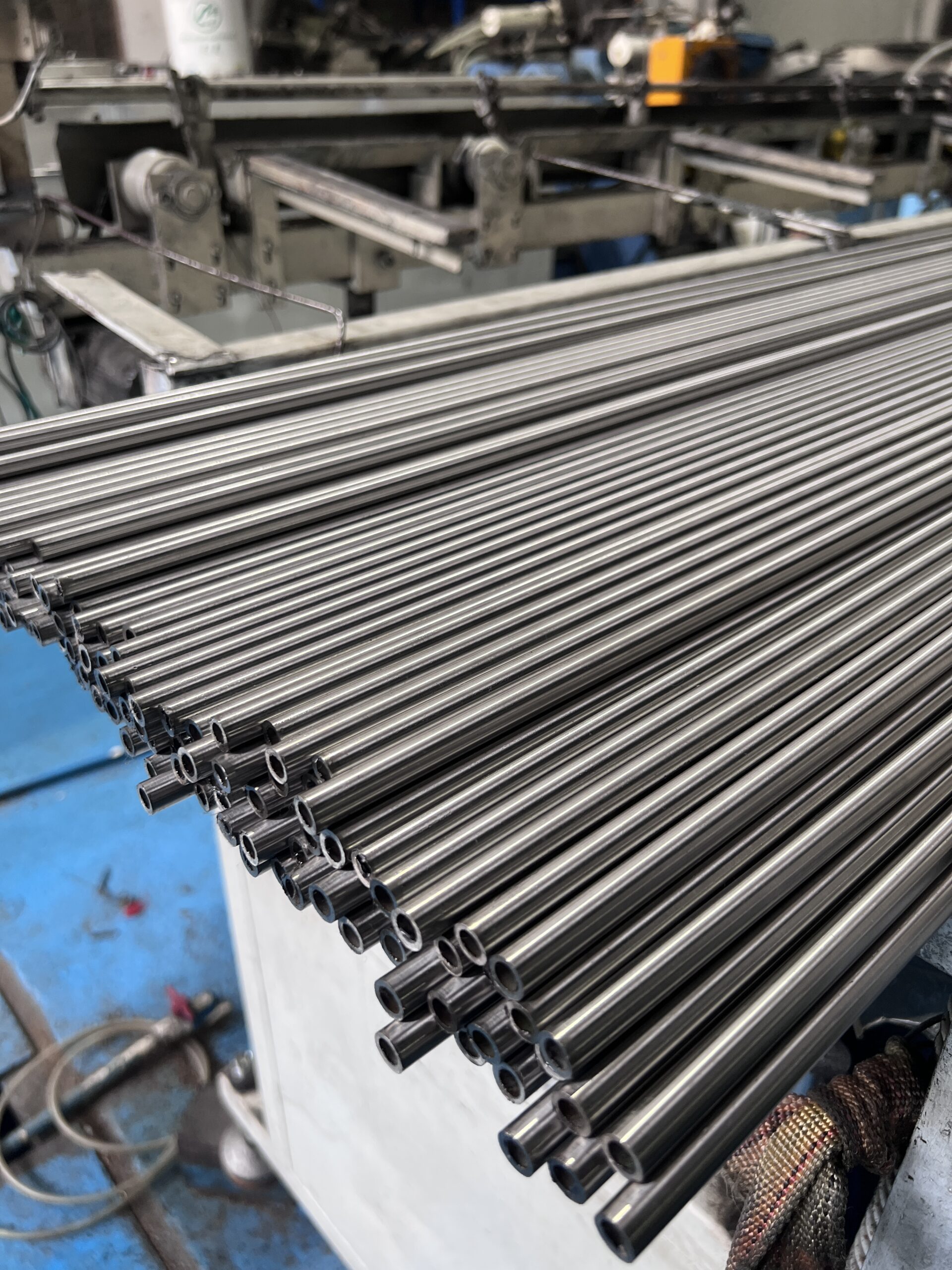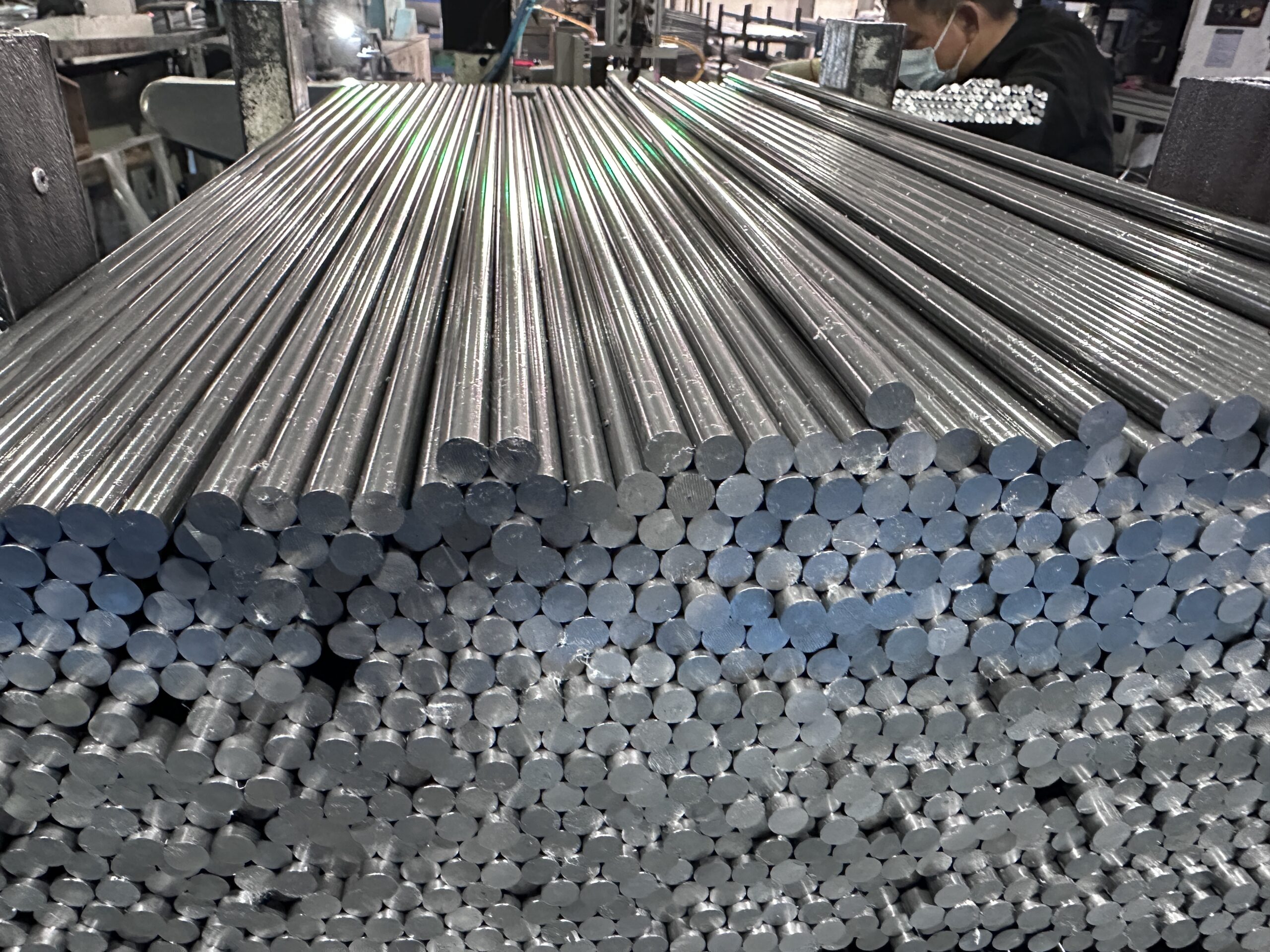When choosing stainless steel rods for high-performance applications, understanding the differences between 304H and 304 is crucial. Both belong to the 300-series austenitic stainless steels, but they are optimized for different environments and performance requirements.
1. Material Composition
The primary difference lies in carbon content. 304H has a higher carbon content than 304, improving high-temperature strength but slightly affecting corrosion resistance in some cases.
| Property | 304 Stainless Steel | 304H Stainless Steel |
|---|---|---|
| Carbon Content | ≤0.08% | 0.04–0.10% |
| Tensile Strength | ~515 MPa | ~515 MPa |
| Yield Strength | ~205 MPa | ~205 MPa |
| Max Operating Temp | ~870°C | ~925°C |
| Corrosion Resistance | Excellent | Excellent (slightly reduced in some conditions) |
| Common Applications | Food processing, chemical equipment | Boilers, heat exchangers, high-temp piping |
2. Performance in High Temperatures
304H is specifically designed for high-temperature service, retaining its strength at temperatures above 500°C. This makes it the preferred choice for boilers, heat exchangers, and other thermal processing equipment.
3. Applications
-
304 Stainless Steel: Ideal for general corrosion resistance, food processing equipment, and decorative uses.
-
304H Stainless Steel: Best suited for power generation, petrochemical, and thermal processing industries.
4. Which to Choose?
If your application operates under high thermal stress, 304H offers superior strength retention. For standard corrosion resistance and versatility, 304 remains a strong choice.
Tongyi Metal supplies both 304 and 304H stainless steel rods, ensuring consistent quality and meeting international standards for diverse industrial needs.







